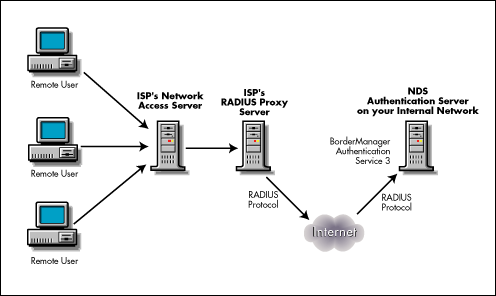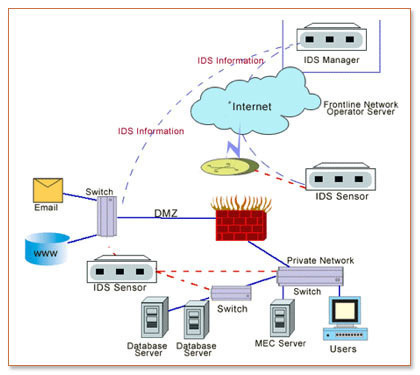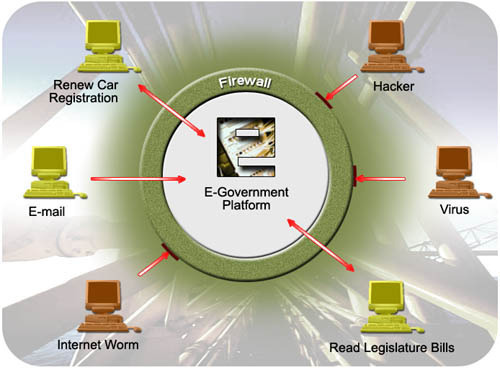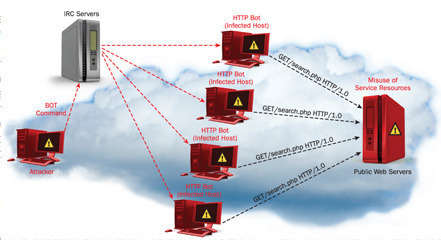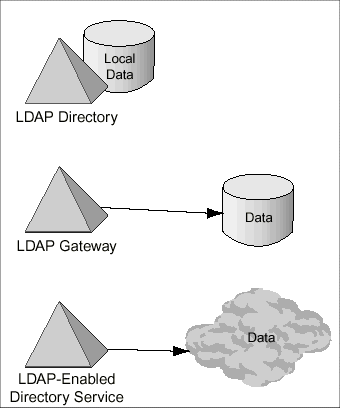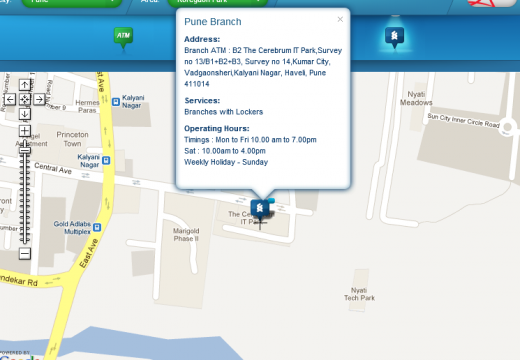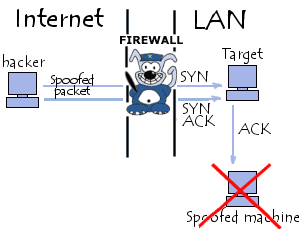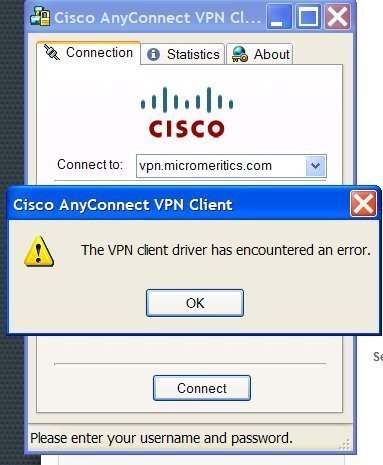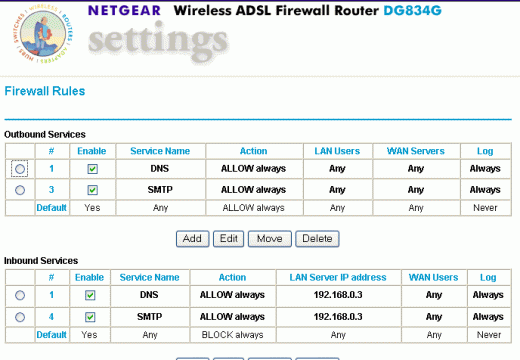RADIUS (Remote Authentication Dial in User Service)
RADIUS (Remote Authentication Dial In User Service), defined in RFC 2865, is a protocol for remote user authentication and accounting. RADIUS enables centralized management of authentication data, such as usernames and passwords. When a user attempts to login to a RADIUS client, such as a router, the router send the authentication request to the RADIUS …

